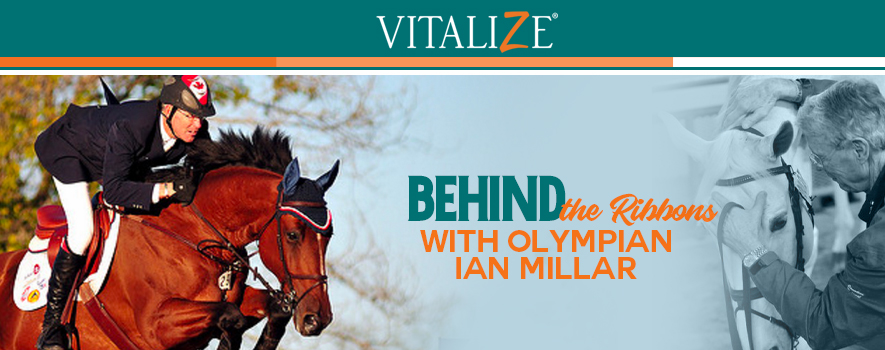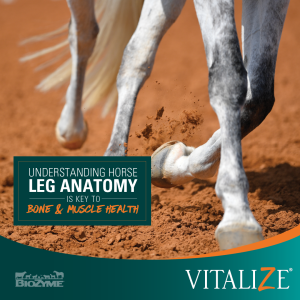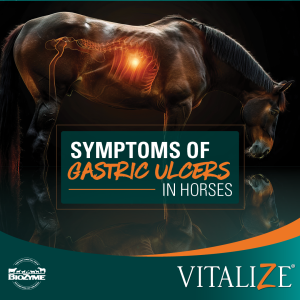How Extraordinary Work Achieves Extraordinary Results
Go back to the summer of 1957. A 10-year-old son of a career military father is once again moving, but this time the father assures his horse-infatuated son that once the family is settled, a horse will be in his future. As the family enters the cottage community of Gull Lake near the town of Lacombe, Alberta, Canada, there is a general store. An older boy is sitting out front with two horses, and a sign, “horses for rent.”
“I thought my dreams had come true! One horse was one dollar an hour. The other horse was 25 cents to the end of the road and back, which wasn’t that far. And they were both bareback, so that is how I started. I gave the guy 25 cents for the one horse and got going on the horse. I could hardly get him going down the road. Of course, he was a little more enthusiastic coming back. That was 62 years ago, and just about every day since then I’ve ridden a horse.”
That is how internationally acclaimed Canadian equestrian show jumper Ian Millar got his start. Ian eventually “managed” the horse rental business for the teenage boy who had to go to work on his own father’s ranch. He was “paid” by the teenager by getting to ride with the older boy and his friends around the lake into the night.
“Here I was 10 years-old, and he was 18 and all his buddies were the same; I was the mascot,” Ian chuckles. “We’d gallop around the sand rows at the lake. Today parents probably wouldn’t allow it, but it was different times and such a wonderful experience. I never sat in a saddle those first couple of months.”
Formal Training
Once summer was over, the Millar family moved to Edmonton, and Ian, his parents and his sister started taking formal riding lessons from the Gardner School of Riding. While not everyone enjoyed it as much as he did, both he and his mother continued taking lessons and started competing in multiple disciplines.
“We rode English and Western. We roped; we did it all. We’d go to a horse show and have our britches and boots on, then put our chaps on over the top of our britches and change our saddle from an English saddle to a Western saddle and go in the Western classes, then change our saddle back and go jump some jumps. And that was kind of how we came along in the sport,” Ian recalls.
While working as a student at the riding school, he met a German dressage trainer and rider who was classically trained in Europe. Ian said that early mentor would tell him what to do, but did not ride. Later when Ian started coaching students some of those same mannerisms and instructions would come back, a reflection on his early mentor.
Ian began competing in Eventing around the time he was 15 and started to solely focus on jumping when he was 17- or 18-years-old. In 1971, he was named to the Canadian Equestrian Team.
An Olympic Journey Begins
“It was a tremendous adventure and experience. I was aware even then what an honor it was to ride for Canada and what a responsibility it was to ride for Canada. I’ve always been aware of that,” Ian said who competed in his first of 10 Olympic games representing Canada in 1972, that year in Munich, Germany.
Ian has competed more Olympic games than any other athlete in any sport. However, he has had the honor of being selected for 11 Olympic teams, but sat out the Moscow game in 1980, like so many other athletes around the globe. Each Olympics has its own unique memory for him, recalling both the bad, good and bittersweet along the way.
“[In 1972] The world lost its innocence about terrorism because there was the execution of Israeli athletes, which was quite the experience to be so close to. Who knew back then that was one of the earlier incidences that would develop into so-called terrorism? That being said, the Olympic spirit was triumphant. The Olympics went on and were a huge success from a sporting viewpoint. And, we did alright in the jumping,” Ian recounts of his inaugural Olympics.
He continues to share memories from some of his favorite games. The Canadian pride was on great display in 1976 when Montreal hosted the games. He said he really enjoyed getting to know the people of Australia when Sydney hosted the Olympics in 2000. And he loved the city and culture of Hong Kong so much in 2008; of course, that event had even more meaning to Ian.
“That was my most successful Olympics! It was great. It was the year my wife passed away, and my children, Jonathon and Amy, came to support me. I needed a clean round riding anchor for Canada in the second round of the Nation’s Cup to push it to a jump-off with the United States, which indeed was a very proud moment for me,” Ian recounts. “I had an angel riding with me that night. It was quite an experience, and a tremendous Olympics for Canada.”
That year, Ian stood on the Olympic podium as the oldest show jumper in history to receive a medal, receiving his first Olympic medal. The Canadian team had claimed the Silver Medal.
It’s a Family Tradition
Although Ian has claimed numerous accolades and trained hundreds of horses and students, perhaps his proudest moments come from working and riding daily with his children, Jonathon and Amy, and now his daughter-in-law Kelly. He said it’s a privilege and honor to work with son, daughter, daughter-in-law, and son-in-law, who are all part of the Millar Brooke Farm at Perth, Ontario. Each has his or her own talent, and Ian learns from them. And even though they keep him current and young in mind and spirit, it might not have always been that way, when they were first learning to ride.
“Back in the day it was kind of nerve wracking, and some remarkable things could happen, and not always good remarkable things. So, for Lynn and me it was nerve wracking to watch them,” Ian chuckles. “And then they got really, really good. Now it is oh so much fun because they are so, so good at what they do. They both know how to do magic on the back of a horse.”
The patriarch of the Millars recalls one of his proudest moments a few years ago was toward the end of the Florida tour when he and both of his children placed first, second and third at the Friday Prix in Ocala. Then on Sunday during the Grand Prix, there were only three clean rounds – Ian, Jonathon and Amy Millar. The three family members had a jump off, Jonathon won; Ian was second; and Amy was third. But mostly Ian was proud!
Father Knows Best
Whether he’s coaching one of his own or a student that becomes like family, Ian has the same key advice: learn to listen to that horse. The horse communicates with the rider all the time. One has to learn the feel, sympathy and patience to understand the messages that are coming and interpret them properly and help the horse out.
He encourages the riders to learn the classically correct basics to riding since the basics are the foundation and if not classically correct, at some point it will cause a problem.
“As we know it is all about muscle memory, if a rider is taught that early in the formative parts of their career, they will do it forever that way. All skills are taught. We don’t practice something until we can do it right. We practice it until we can’t do it wrong. That means you have put the conditions in place for success when you go to the competition when the skills are honed to that point,” Ian said.
He encourages riders to give 100% effort, saying they can accomplish anything they set out to do if they put the effort toward it. He believes it takes 80% of the effort to accomplish the last 20% of the task at hand. He said the first 80% of the task comes with relatively little effort; and too often people stop when they get there because it was easy. However, it is the effort of completing the last 20% of the task that makes the difference between doing good work and doing great work.
Part of that effort goes toward taking the best care possible of your horses.
“It takes a long time to build a horse, and it is a very rewarding thing to do. For me, every competition is important but what is more important is the overall career of the horse over the years. Once the horse becomes a Grand Prix horse, maintain him at as high of a level for as long as possible. That would fall under the heading of horsemanship. And you need such a team around you from your groom, to your blacksmith to your veterinarian, to your chiropractor, your nutritionist. If you do it right and you are lucky, you can keep them at a high level for a long time. That’s also where a company like BioZyme® comes in,” Ian proclaims.
Ian said his family’s horses started using the BioZyme equine products, including Vitalize® Alimend® at least 10 years ago, to help maintain their digestive health. Alimend contains a unique blend of: MHB3® Hyaluronan, H. erinaceous (Lion’s mane) extract, and Amaferm®. The natural product helps heal and protect without altering stomach pH.
“Alimend and Vitalize are products we use, because we all know the benefits of gastrointestinal health. It’s so, so, so critical. If you get on that horse and he’s uncomfortable, it’s pretty hard to train or teach because all the horse is conscious of is that he doesn’t feel great, and that doesn’t contribute to a positive learning attitude,” Ian said. “In the sport of Show Jumping, we are using a far older horse than we used to. When I started out, when a horse hit a double-digit age, the horse was pretty much over the hill and out of the sport, and now we can keep them going until they are 18 and older. Much of that is due to health care and the products like BioZyme has developed.”
Of course, when Ian started out, he was a mere lad, with dreams of only riding a horse around Gull Lake and having the best summer of his life. He had no idea he’d become Canada’s most decorated equestrian or the Olympics’ longest competing athlete.
“Back when I was a kid, no one really talked about goals, that’s more of a modern thing where young people are taught to know their goals, know their dreams, imagine themselves standing on the Olympic podium. Back then that certainly wasn’t a part of my upbringing or anyone I was riding with. We were just having fun with the horses. We were just learning and having fun. It all just started to come along. What we learn in life is the destination is uncertain. It’s the journey that you will learn the most from, and you best enjoy.”
For Ian Millar the journey has taken him more places than a small child riding bareback around Gull Lake might have ever imagined. He’s put in extraordinary effort for extraordinary results. And he’s still enjoying the journey.


